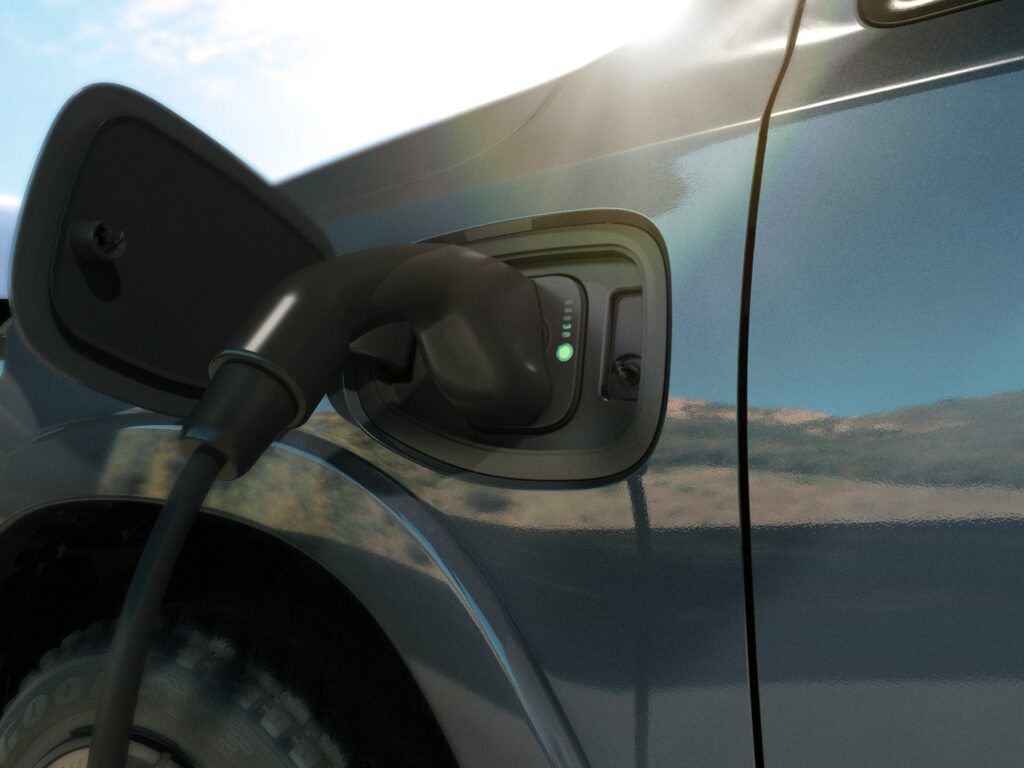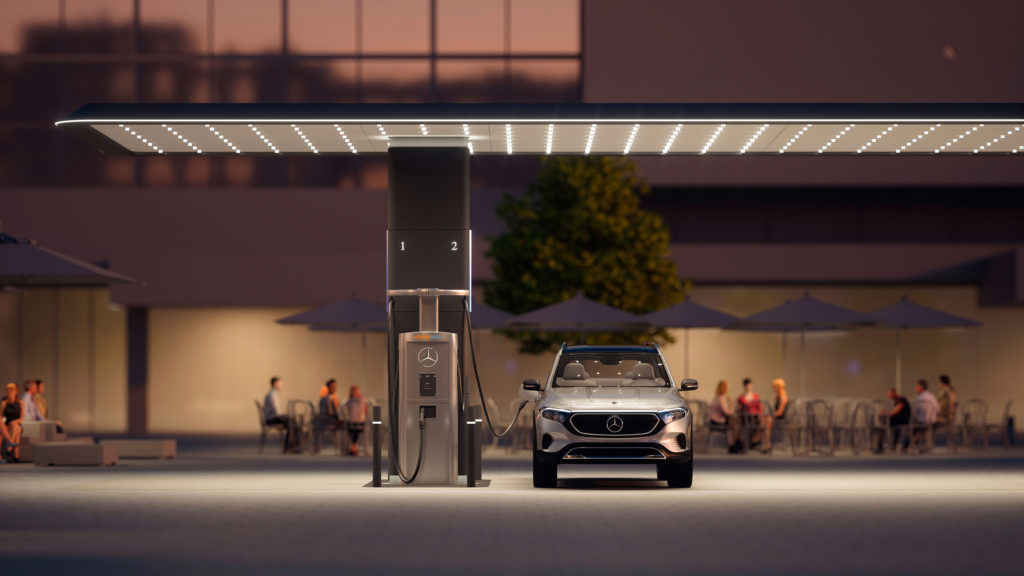If you’ve never owned an electric vehicle, there are a lot of confusing terms, like kilowatt-hour, plug-in hybrid, heat pump and CHAdeMO. Another one that a lot of drivers don’t understand – or even know about – is something called bi-directional charging, but it’s a feature you’re going to want, and here’s why.
So, what the heck is bi-directional charging? Well, in simple terms, it’s a feature that allows your electric vehicle to feed power back into your home, or beyond.
Normally, energy comes from your house and goes into your EV – when you’re charging the battery – but with bi-directional charging, in certain situations, electricity can come out of the vehicle and go back into your house, the power can flow both ways, hence the name bi-directional. But why would you ever want this? Well, it is an amazing feature for several reasons.

The single biggest benefit is that bi-directional charging allows your EV to function like a generator. Say there’s a power outage. Depending on usage, your electric vehicle could provide enough juice to run your entire household for days.
It’s easy to forget just how much energy is stored in EV batteries. Take the F-150 Lighting, for instance. With the extended-range pack Ford says this all-electric truck can power your house for three days, or 10 if you ration carefully – that’s more than a week! This makes bi-directional charging a game-changing technology.
Also, you never need to worry about having a separate generator, whether there’s enough gas in the tank or if it will start when you need it. And of course, with bi-directional charging, crisscrossing extension cords through your house to make sure the fridge and freezer stay plugged in is a thing of the past.

Of course, whole-house generators are a thing; they’re super nice and streamline this entire process, however, they run on fossil fuels, which are not clean, and you have to buy them separately, which is another expense, and not a cheap one. If you own an EV that supports bi-directional charging, you could save thousands of dollars by not having to purchase, maintain and fuel a separate generator.
Similarly, bi-directional also allows your EV to feed electricity into the broader power grid even if there isn’t an outage. Sometimes, it’s hard for utilities to keep up with demand – like if it’s the middle of summer in Southern California and everyone is running their air conditioners. Your car could help with grid balancing so rolling blackouts or other interruptions are avoided.
Of course, nothing in life is perfect, and bi-directional charging has some downsides. The biggest issue is that you often have to purchase separate hardware for it to work. Basically, you need a charger that’s smart enough to tell when power is interrupted and then interact with your EV so it can start sending juice into your home’s electrical system.

Going back to the Lightning, Ford says you need their 80-amp Charge Station Pro at-home charger to take advantage of Intelligent Backup Power, their name for bi-directional charging. This hardware does come standard in Lightnings fitted with the extended-range battery, but if you want to purchase one, they go for around $1,300. Of course, that does not include installation, which could cost thousands more.
Beyond that, battery longevity is also a concern. If your vehicle is constantly running your household or sending power back to the grid, those charge and discharge cycles will degrade the pack over time. That’s a fact. But I wouldn’t worry too much about this if you only plan on using bi-directional charging as a generator replacement. I mean, how often does the power really go out? Still, this is something to think about.
